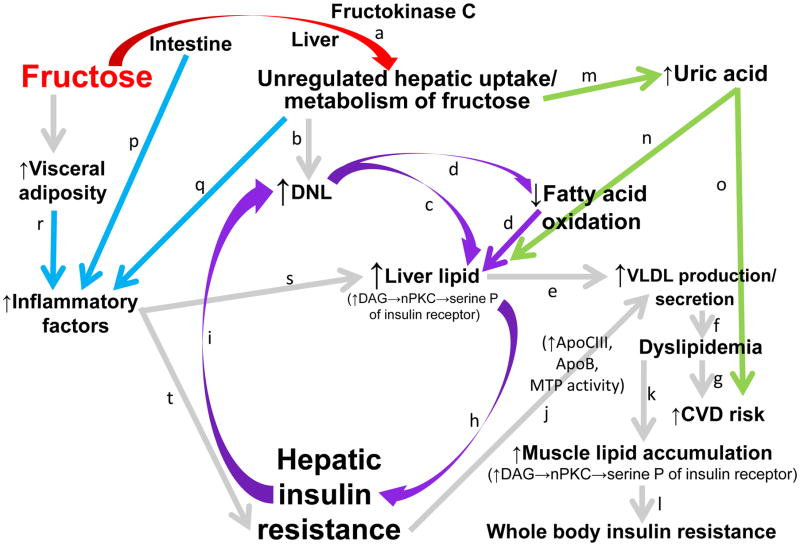Figure 2. Potential mechanisms by which consumption of fructose affects lipid metabolism and hepatic insulin sensitivity.
The initial phosphorylation of dietary fructose in the liver is largely catalyzed by fructokinase C (a), which is not regulated by hepatic energy status. This results in unregulated fructose uptake and metabolism by the liver. The excess substrate leads to increased de novo lipogenesis (DNL)(b). DNL increases the intra-hepatic lipid supply directly, via synthesis of fatty acids (c), and indirectly, by inhibiting fatty acid oxidation (d). Increased levels of intra-hepatic lipid content promote very low density lipoprotein (VLDL) production and secretion (e). This leads to increased levels of circulating TG and low density lipoprotein cholesterol (dyslipidemia (f)), risk factors for cardiovascular disease (CVD) (g). Increased levels of hepatic lipids may also promote hepatic insulin resistance by increasing levels of diacylglycerol, which may activate novel protein kinase C (nPKC) and lead to serine phosphorylation (serine P) of the insulin receptor and insulin receptor substrate 1 (IRS-1) and impaired insulin action (h). Due to selective insulin resistance, DNL is even more strongly activated in the insulin resistant liver DNL (i), which has the potential to generate a vicious cycle (circular arrows). This cycle would be expected to further exacerbate VLDL production and secretion via increased intra-hepatic lipid supply. Hepatic insulin resistance also exacerbates VLDL production/secretion (j) by increasing apolipoprotein (apo)B availability and apoCIII synthesis, and by up-regulating microsomal triglyceride-transfer protein expression (MTP). This exacerbates and sustains exposure to circulating TG, leading to muscle lipid accumulation (k), impaired insulin signaling, and whole body insulin resistance (l). The fructokinase-catalyzed phosphorylation of fructose to fructose-1-phosphate, which results in conversion of adenosine triphosphate (ATP) to adenosine monophosphate (AMP) and a depletion of inorganic phosphate, leads to uric acid production via the purine degradation pathway (m). High levels of uric acid are associated and may contribute to increased risk for development of fatty liver (n), CVD (o), and metabolic syndrome. Fructose exposure in the intestine (p) and liver (q), and fructose-induced increases of visceral adipose (r) may promote inflammatory responses that further promote liver lipid accumulation (s) and/or impair hepatic insulin signaling (t).

